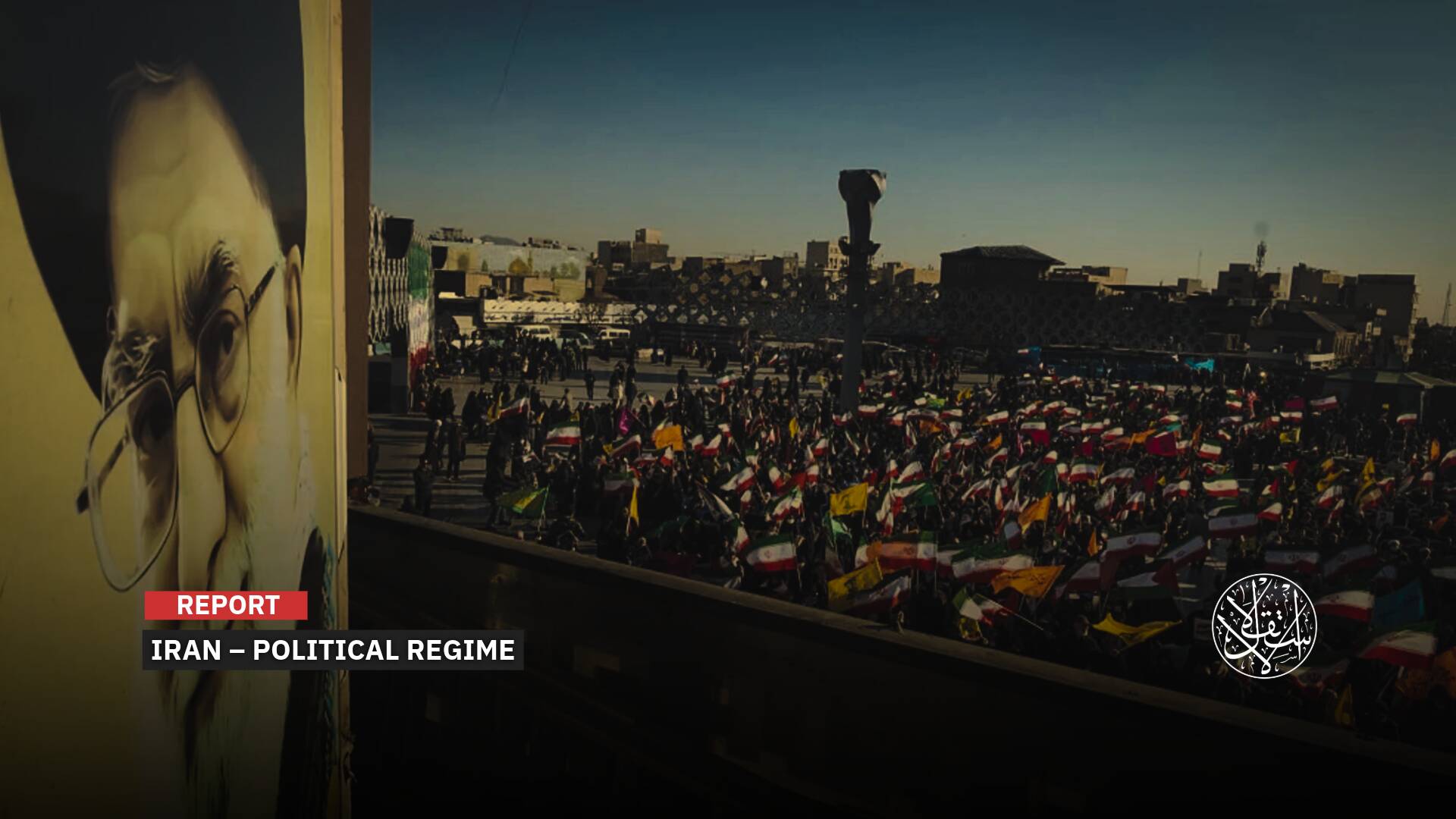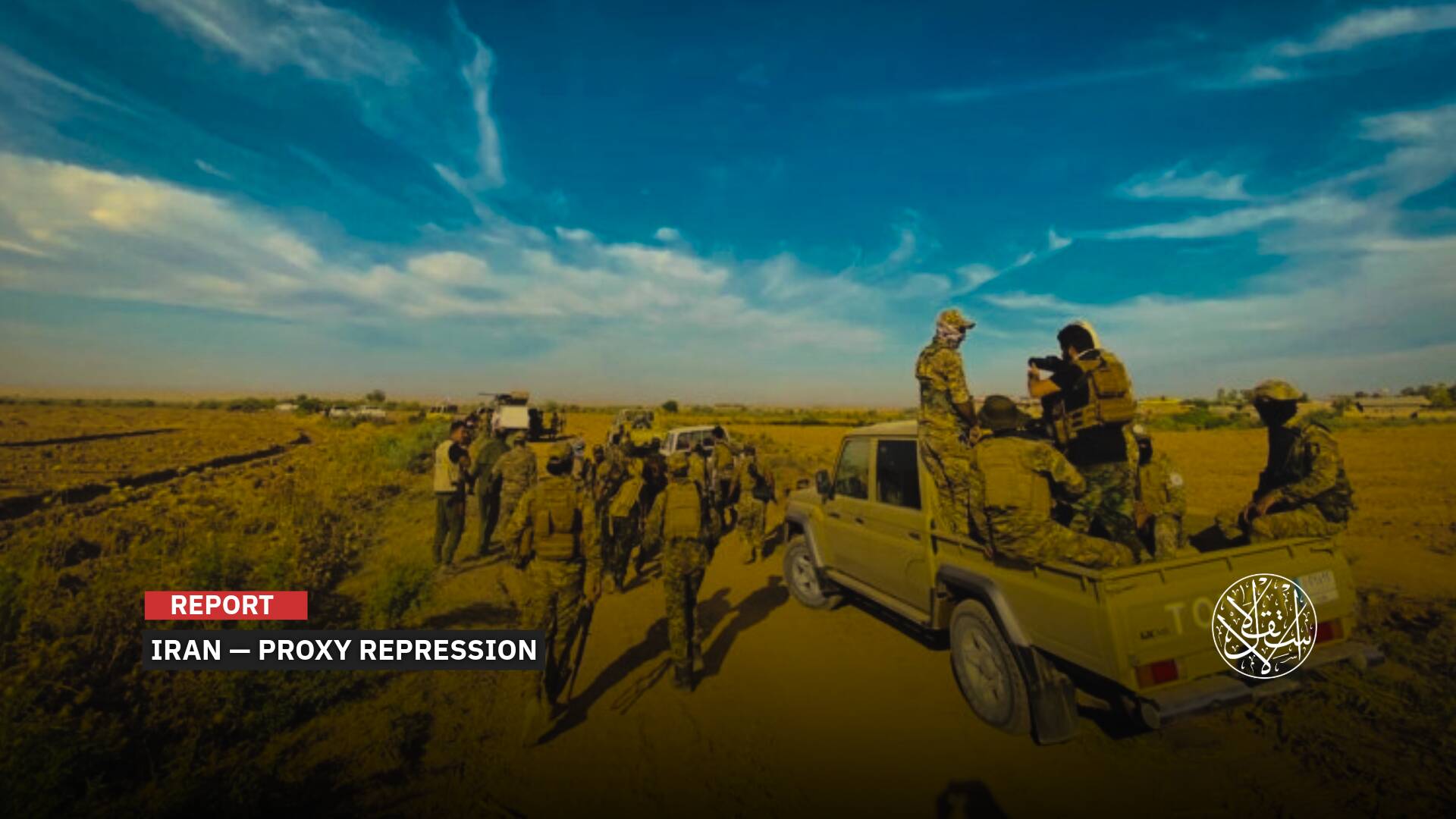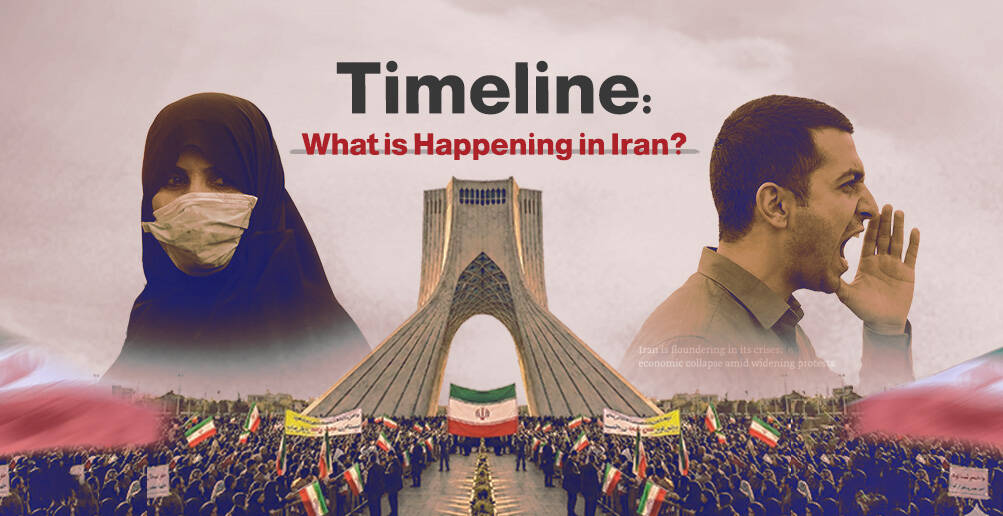Why is the Israeli Occupation Wary of Jenin’s Growing Power?

From rocks to fireworks, Molotov cocktails, bullets, and improvised explosive devices, all the way to locally made rockets, the city of Jenin is progressing with strength, culminating decades of struggle to form an organized resistance resembling the Gaza Strip—a rarity among Palestinian territories.
In recent years, Jenin has become a miniature representation of Gaza, as described by Israeli political and media circles, due to the significant rise in forms of resistance compared to other cities in the West Bank.
The Jenin refugee camp has now become a “time bomb” and a “new Gaza” in the eyes of the Israeli Occupation, as the resistance fighters there have understood the enemy’s tactics and have replicated the experiences of the besieged Gaza Strip in their military operations.
Rocket Launch
The latest development came on July 10, 2023, when al-Ayyash Battalion in Jenin, in the northern West Bank, announced that it had launched two rockets toward the Shaked settlement west of the city.
The battalion, which the Israeli Occupation accused of being affiliated with the al-Qassam Brigades, the military wing of the Islamic Resistance Movement “Hamas,” stated in a statement: “Our fighters in the al-Ayyash Battalion, with the help and guidance of Allah, targeted the Shaked settlement west of the city of Jenin with two Qassam-1 rockets.”

They added: “Despite the complex and sensitive security conditions and the challenging circumstances, despite the scarcity of resources and tools, we continue to develop and prepare, day and night, to make this enemy taste the power of Qassam rockets in the land of al-Ayyash.”
Images published by Israeli media showed black smoke rising in the sky above the targeted settlement. Additionally, the Hebrew channel Kan reported that the army forces found a rocket launcher that was used to target the Shaked settlement west of Jenin.

This announcement came after days of Israeli military vehicles withdrawing from the city of Jenin and its refugee camp late on July 4, following a 48-hour extensive military aggression, during which the resistance achieved a heroic saga.
The Israeli aggression on Jenin resulted in 12 martyrs, mostly civilians, and more than 120 wounded, while the resistance caused casualties among the Israeli Occupation forces and destroyed several military vehicles, thwarting their objectives.
This attempt to launch rockets from the city is not the first of its kind. On June 26, 2023, the Israeli army announced that a rocket was fired from Jenin, stating that it fell within Palestinian territories “without posing a threat” to nearby settlements.
The army mentioned in a statement on their Twitter account that their forces were deployed at the rocket launch site, conducted combing operations in the area, and investigated the incident, which did not result in any injuries.
Earlier on the same day, the Hebrew channel Kan reported that the army was investigating a video clip claiming to show the launching of two rockets toward an Israeli settlement in the northern West Bank.
A Palestinian faction also shared a video on their Telegram channel, claiming that it showed the launching of two rockets from Jenin toward the Israeli settlement of Ram-On.
Activists on social media also posted a video clip attributed to the al-Qassam Brigades in Jenin, showing the firing of a rocket toward the Israeli settlement of Ram-On in the Gilboa area.
Via RNN (https://t.co/bj8vw13Wm5):
— Kirana (@bloomingrana) June 26, 2023
Once again, the Ayyash Brigade fires a locally-made Qassam-1 rocket in western #Jenin near Marj Ibn Amer. The rocket is an improvement from last time: today, it came a few meters from the colonial separation wall. pic.twitter.com/mZ3tv0Tzg2
Improvised Explosive Devices
This development was not the first of its kind, as the resistance factions in Jenin had previously detonated several explosive devices against the Israeli forces constantly raiding the refugee camp, notably on June 19 and July 3.
The resistance engaged in fierce clashes with the Israeli Occupation forces in Jenin and detonated multiple explosive devices targeting patrols and various vehicles while repelling several incursions throughout the same day.
اشتباكات عنيفة يخوضها المقاومون في جنين مع قوات الاحتلال، حيث تم تفجير عدة عبوات ناسفة في الدوريات والآليات المختلفة، وإسقاط طائرتين مسيرتين.
— yaseenizeddeen (@yaseenizeddeen) July 3, 2023
الفيديو لتصدي المقاومين للاقتحام فجرًا بالعبوات الناسفة. pic.twitter.com/erxL9Af51N
#عاجــــــــــــــــــــــل
— محمددلول(ابودلول ) (@xmbwsNI9F6r2Qs8) July 3, 2023
تفجير عبوات ناسفة بآلياتٍ لجيش الاحتلال في شارع المحطة بمدينة جنين " pic.twitter.com/bpBQDp3j6b
After the Israeli forces withdrew from Jenin just hours after their attack at the beginning of July, the al-Qassam Brigades released a video showcasing the manufacturing process of locally made improvised explosive devices (IEDs) within the refugee camp.
#كتائب_القسام تنشر فيديو لعملية تصنيع عبوات ناسفة محلية في #مخيم_جنين بعد يوم واحد من معركة المخيم ضد جيش الاحتلال pic.twitter.com/R2KrzkSxqS
— Khair Eddin Aljabri (@Khair_Aljabri) July 6, 2023
The resistance factions in Jenin caught the Israeli Occupation by surprise during its attempted incursion into the camp on June 19, 2023, using powerful explosive devices.
The resistance prepared several ambushes and equipped explosive devices to be detonated against the Israeli forces in multiple locations surrounding the camp, resulting in the destruction and disabling of Israeli military vehicles that entered the area.
تغطية صحفية: لحظة تفجير عبوات ناسفة في آليات الاحتلال في جنين#جنين #فلسطين
— Layan AlNablsi ♥️ (@Layan_AlNablsi) June 19, 2023
✌️ pic.twitter.com/jyUvX4npMS
These developments drove the Israeli forces to a state of madness. Hundreds of military vehicles stormed the city of Jenin from all entrances, paralyzing civilian movement and indiscriminately firing at anyone on the move. Local sources reported that the sound of gunfire echoed in all neighborhoods of the city and its refugee camp.
Following the withdrawal on June 19, the Israeli helicopter fired at least one missile toward a residential building in Jenin, marking the first aerial strike on a civilian structure in the West Bank since the 2002 invasion.
During the incursion on June 19, the Palestinian Ministry of Health reported six Palestinians killed and 91 injured, with 23 in critical condition.
Two days later, the Israeli army announced the assassination of an “armed cell” inside a vehicle using a drone in the Jalamah area near Jenin in the northern West Bank.
In response, the Jenin Battalion, affiliated with the al-Quds Brigades, the armed wing of the Islamic Jihad Movement, stated that the Israeli Occupation had assassinated two of its members and a third from the al-Aqsa Martyrs’ Brigades, affiliated with the Fatah movement, in an operation in the northern West Bank.
In a statement, the battalion warned that “the enemy’s leadership will have to bear the consequences and suffering of this decision, and after that, God will do whatever He pleases with us.”
They reaffirmed their determination, stating that these assassinations would not weaken their resolve, vowing to bring hardship to the enemy and bring relief to the hearts of the believing people.
Earlier, local sources reported that three Palestinian youths opened fire toward an Israeli military tower on the separation barrier near the Jalamah checkpoint, north of Jenin.
An Israeli drone subsequently targeted the vehicle used by the youths, firing three missiles. The Israeli forces surrounded the vehicle, preventing Palestinian emergency and civil defense crews from reaching it.
This incident represents the first assassination operation conducted by “Israel” using a drone in the West Bank since 2006.
The threat, though appearing somewhat remote, continues to linger, and unless consistently neutralized, it is likely to become a reality.
The situation poses an ongoing challenge as the knowledge and means for such actions exist, and the motives for resistance persist.
The real challenge lies not in thwarting one rocket, but in anticipating and countering future threats that may arise.
Threat Assessment
Commenting on these developments, the Israel Hayom newspaper stated on June 27 that more than 22 years ago, the first mortar shell was fired from Gaza toward the settlement of Netzarim.
The state was taken aback and promised to stop this phenomenon before it turned into a flood. Similar promises were made after the withdrawal from the Gaza Strip in 2005.
In exchange for any gunfire toward the entity, there will be a harsh response; that’s the promise. However, reality has shown “Israel” something else. Gaza has evolved, armed itself, and grown stronger. Hamas has replaced the Palestinian Authority, and talks have been replaced with talks of fire, according to the newspaper.
Since then, what determines reality is the “enemy,” and as far as it is deterred, it fires missiles whenever it wants and stops whenever it wants. “Israel” primarily responds and only initiates action when it feels cornered, as described by the newspaper.
Israel Hayom also said that the West Bank is not Gaza in every possible aspect. The West Bank is home to a larger number of Palestinians, distributed over a much wider geographic area. Moreover, many Jewish settlers live in the West Bank. Most importantly, the West Bank is closer to the population centers and residential areas in “Israel.”
Despite the different circumstances, the newspaper believes that “Tel Aviv” cannot allow even a fraction of the rocket threat to grow in the West Bank. The absorptive capacity or tolerance within densely populated central “Israel,” which is sensitive to economic market effects, is much lower when it comes to rocket launches.
The newspaper pointed out that the distances between Ramallah and al-Quds (Jerusalem), Qalqilya and Kfar Saba, Tulkarim and Netanya, and Hadera, and of course the distance from Tel Aviv, all pose a threat and create a reality that “Israel” cannot coexist with.
Certainly, in the background, there is a deep-rooted memory of the Gaza experience. A small mortar shell fired toward Netzarim has now turned into large and lethal rocket salvos targeting multiple objectives, as described by the newspaper.
The security establishment is making special efforts to halt any attempts to produce rockets in the West Bank. These attempts are not new; they have been ongoing for decades, with varying degrees of intensity, depending on a variety of factors.
Among these factors are the nature and motives of the “hostile elements” on the ground and the resources they possess. On the other hand, the quality of Israeli intelligence and countermeasures plays a crucial role in most cases.
The newspaper acknowledged that recently, “Israel” has witnessed an increase in attempts to acquire rocket capabilities in the West Bank as part of the overall effort led by “armed organizations” to carry out attacks.

The newspaper believes that obtaining knowledge is easy, as it is freely available on the Internet. Similarly, finding the means is also straightforward, as they are mostly improvised, and some can be found in every household. There is no shortage of motives, funding, or elements. When all these factors are combined, it results in a somewhat rudimentary capability.
The recent launch of the two rockets is a testament to this. However, no one should rejoice in this failure. The newspaper added that they also started with failures in Gaza, but over time, knowledge accumulates, along with experience and expertise. The next time, the rocket will fly 200 meters, then 500 meters, and eventually, it will reach and hit its target.
In turn, the Israeli Channel 12 website highlighted the danger of attempting to produce explosives and launch rockets from the West Bank while reviewing the results of the recent Israeli aggression on Jenin.
On July 10, the website stated that the operation marked a significant step due to the escalating risks: the frequent attacks on roads, firing at settlements, military sites, and forces, the use of high-quality and powerful explosives, attempts to produce the first rockets in the West Bank, and threats directed toward “Israel.”













